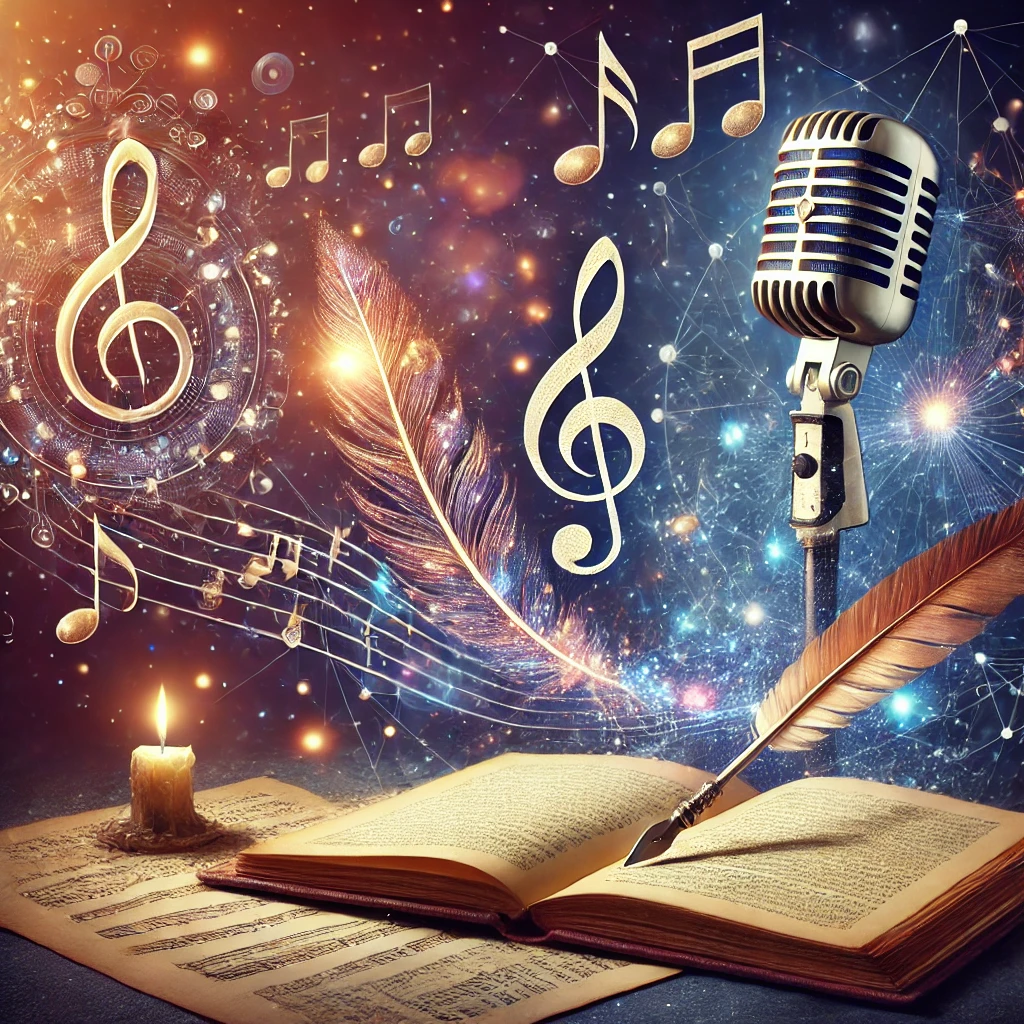Embracing AI and Creativity: The Evolving Role of AI in Artistic Expression

February 2025 – As artificial intelligence continues to evolve, the intersection of AI and creativity is becoming increasingly complex. From music composition to storytelling, AI is reshaping the way artists engage with their craft. However, while AI tools offer new possibilities, they also present challenges in ownership, originality, and artistic integrity. This past week, my own experiences using AI in music and writing highlighted both the benefits and limitations of this technology.
AI as a Creative Assistant, Not a Creator
Artificial intelligence is a powerful tool in the creative process, but it is not a replacement for human artistry. This week, I put that belief to the test while transforming a long-form poem, Lake of Tears, into three distinct grunge rock songs. Using DeepSeek (Zeek), I asked the AI to draft lyrics, which I then processed through Suno for musical composition.
The result? Three nearly identical songs. While the AI structured the lyrics effectively, it failed to create true variation. Each track followed the same cadence, emotion, and tone—demonstrating a key limitation of AI-generated content. AI can assist with formatting and structure, but true artistry requires human intervention.
Recognising this, I rewrote all three songs manually. By the end of the process, the tracks had evolved into unique pieces with distinct emotional depth and personality. This experience reinforced that AI is best used as an aid rather than an autonomous creator.
Striking a Balance Between AI and Human Creativity
AI’s strengths lie in efficiency and idea generation. For example, Suno helped refine the production of This Little Bird, one of the three songs. After rewriting the lyrics, I experimented with different AI-assisted soundscapes until I found a tone that matched the song’s intent.
However, this process was not without frustration. AI-generated compositions often lack the nuance and emotional depth that come naturally to human composers. The heart of a song—its raw emotion and storytelling—can only be fully realised through personal refinement.
This is why my approach to AI remains one of balance. I use AI to assist in drafting, but I take full creative control when it comes to finalising my work. The artistic process isn’t about speed or efficiency—it’s about authenticity.
AI and Copyright Concerns
While AI’s role in creativity continues to expand, so do legal and ethical concerns. A major focus of this week was re-evaluating my use of AI tools based on their copyright policies.
Suno, for example, retains ownership of content generated under its free plan, limiting the ways users can commercially distribute their AI-created music. For independent creators like me, this raises serious concerns about creative ownership. Who truly owns the work when AI is involved?
After reviewing Suno’s terms, I made the decision to cancel my subscription and explore alternatives like LoudMe. This shift ensures that I retain full control over my music and lyrics, reinforcing the importance of artists understanding the licensing agreements of AI platforms before incorporating them into their work.
The Role of AI in Visual Storytelling
Beyond music, AI played a key role in my visual storytelling projects this week. As I continued work on my 12-part From Then to Now audio series, I used Ideogram to generate imagery that matched the tone of each episode.
This process highlighted another major advantage of AI—it allows for rapid prototyping and concept development. Rather than spending hours manually creating visuals, I was able to use AI to generate high-quality imagery that complemented my work. However, just like with music, the final touch always requires human input. AI can provide a foundation, but the heart of storytelling remains in human hands.
Looking Ahead: The Future of AI in Creativity
This week has reinforced my belief that AI is a valuable tool, but it cannot replace human creativity. While AI can provide structure, enhance production quality, and streamline workflows, it lacks the personal touch that makes art meaningful.
Moving forward, I plan to continue using AI as an assistant while ensuring that all final creative decisions remain my own. Whether in music, writing, or visual storytelling, AI will remain a supporting character—not the main act.
As AI technology advances, artists will need to strike a balance between embracing innovation and protecting the integrity of their work. The key lies in understanding the strengths and weaknesses of AI, using it as a tool rather than a substitute for genuine artistic expression.
In the end, creativity is deeply human. AI can assist, but it is the human touch that gives art its soul.